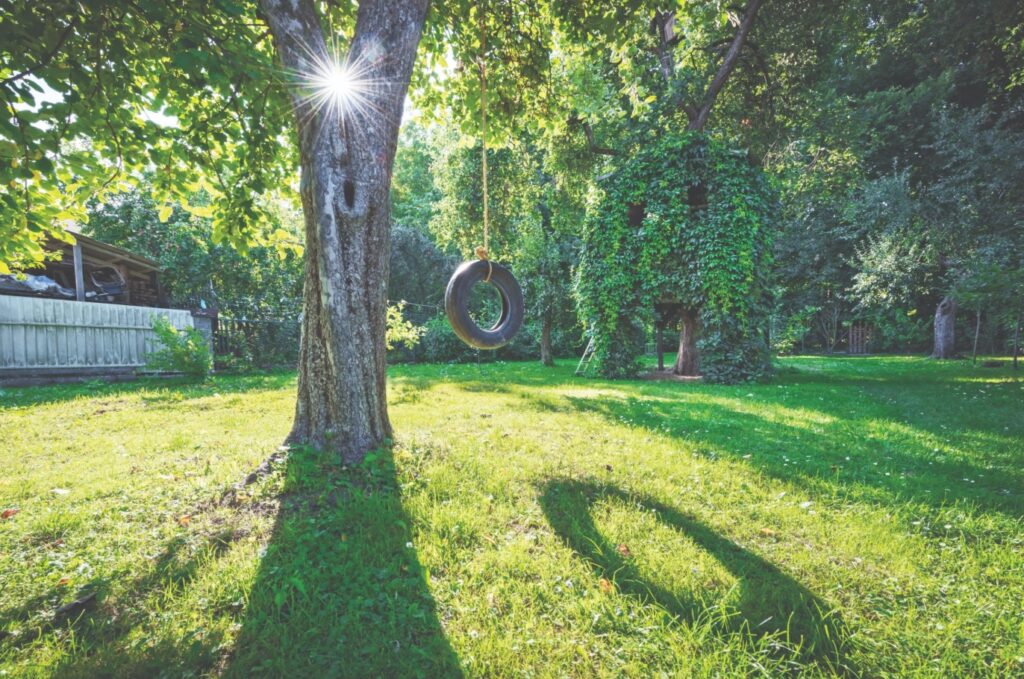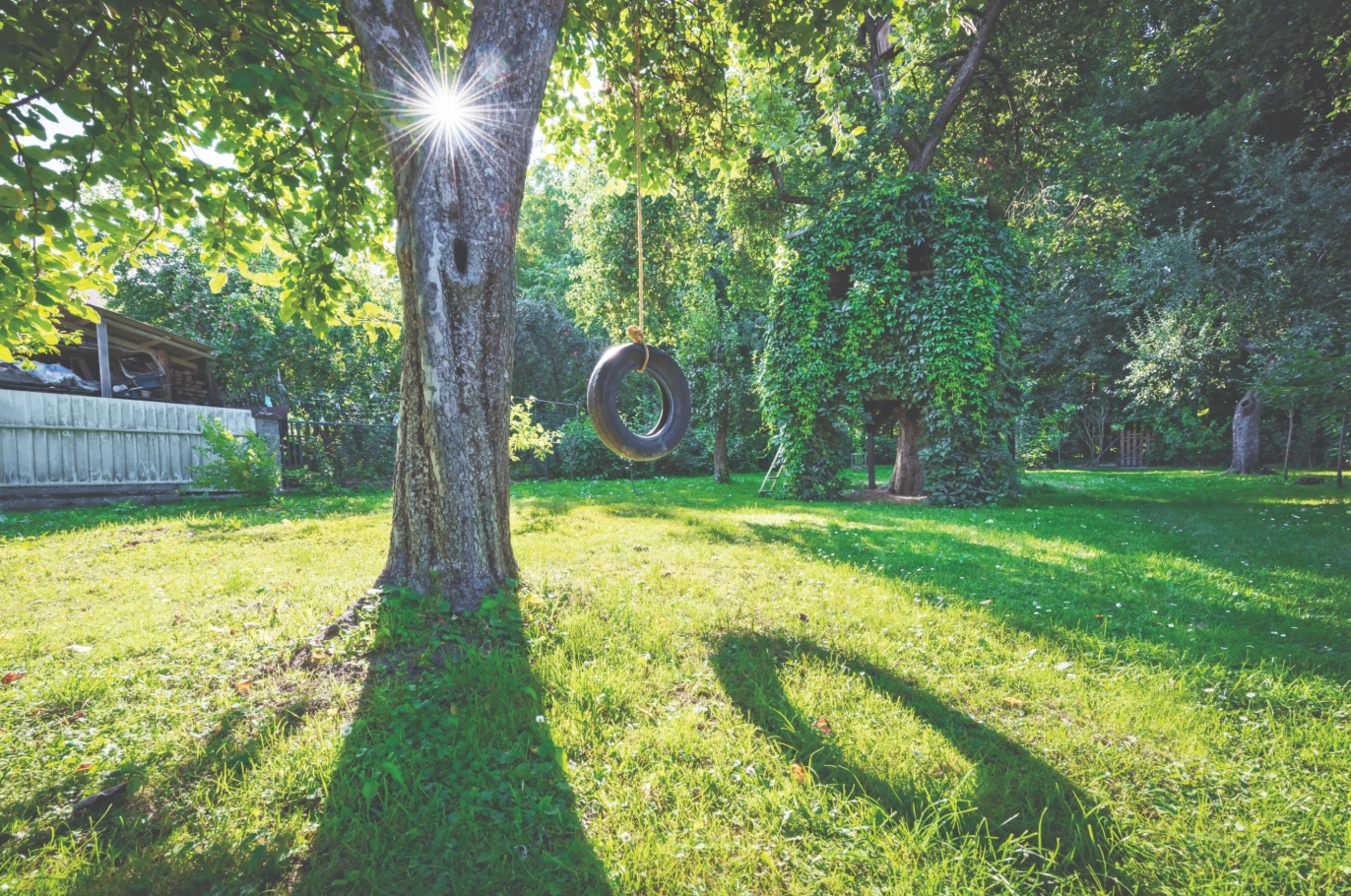
The Law of Nuisance
By Evan Shapiro, HBA, JD
The recent case of Allen v. MacDougall (2019 ONSC 1939) provides an important reminder on the ownership of boundary trees and the application of the Law of Nuisance. A dispute arose between adjacent homeowners as to a large maple tree straddling the boundary line between their properties. Allen and Byrne (“Applicants”) sought to cut down the tree in order to build an extension onto their home. MacDougall and Scott (“Respondents”) objected.
The Applicants obtained all relevant permits to cut down the tree, including authorizations from the Committee of Adjustments, the Building Department, and the Urban Forestry Department. While the permits were necessary as a matter of compliance, they did not reflect an adjudication of the property rights between the neighbours.
The Respondents refused the Applicants’ request to cut down the tree as it was “common property.” Section 10(2) of the Forestry Act (RSO 1990 F.26), states that, “Every tree whose trunk is growing on the boundary between adjoining lands is the common property of the owners of the adjoining lands.” Justice Ed Morgan agreed that the Respondents could be “stubborn” in refusing the Applicants request, noting that “no matter how unreasonable it may seem not to let your neighbours take your property, you can refuse to do so even if the neighbours really need it.”1
The Applicants, however, submitted that the tree constituted a nuisance which deprived them of their right to build an extension onto their home. If the tree was a nuisance, the Applicants would be entitled to have it removed, notwithstanding Section 10(2) of the Forestry Act.
The Law of Nuisance is a common law tort seeking to balance the property rights of owners — the rights of one to do what they want, and the rights of another to not be interfered with.2 The Supreme Court of Canada previously clarified that for there to be a nuisance, the interference with a property owner’s use and enjoyment of their property must be substantial and the interference must be unreasonable.3 There are limits to the exercise of property ownership rights in a modern urban society. Other examples could include noise, vibrations, and noxious odours.
Justice Ed Morgan ultimately dismissed the Application. The tree was not a nuisance to the Applicants during the previous 18 years they resided on the property. It only became a nuisance once they wanted to build an extension. Further, the Applicants did not establish that the destruction of the tree was the only way to extend their home. There were other parts of the land where they could potentially build without cutting down the tree.
This is an important reminder not only of the ownership of boundary trees and the Law of Nuisance, but how disputes between neighbours can quickly escalate into large legal fees.
_________________________________________
For more information, contact Shapiro Real Estate & Business Lawyers at 416.224.0808 or eshapiro(at)garryshapirolaw(dotted)com
1Allen v. MacDougall (2019 ONSC 1939), at para 9
2Davis v. Sutton, 2017 ONSC 2277, at para 47
3Antrim Truck Centre v. Ontario (Minister of Transportation), [2013] 1 SCR 594 at para 18

